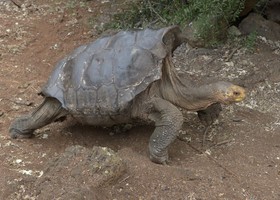15,000-year-old site in Mexico reveals human-made 'mammoth traps'
Fewed by - Muzammil Zafar
Researchers have long believed that during the hunter-gatherer phase, humans were not very willing to hunt mammoths, giant elephant-like mammals, except in very special circumstances. But a discovery at Tultepec, north of Mexico City, has revealed human-made pits containing the bones of at least 14 mammoths. The pits were 1.7m deep and 25m wide, with perpendicular walls to prevent escape, suggesting humans may have hunted mammoths much more actively.
science
mexico
archaeology
hunting
mammoth
Fri Nov 15
-
GlobalNews

